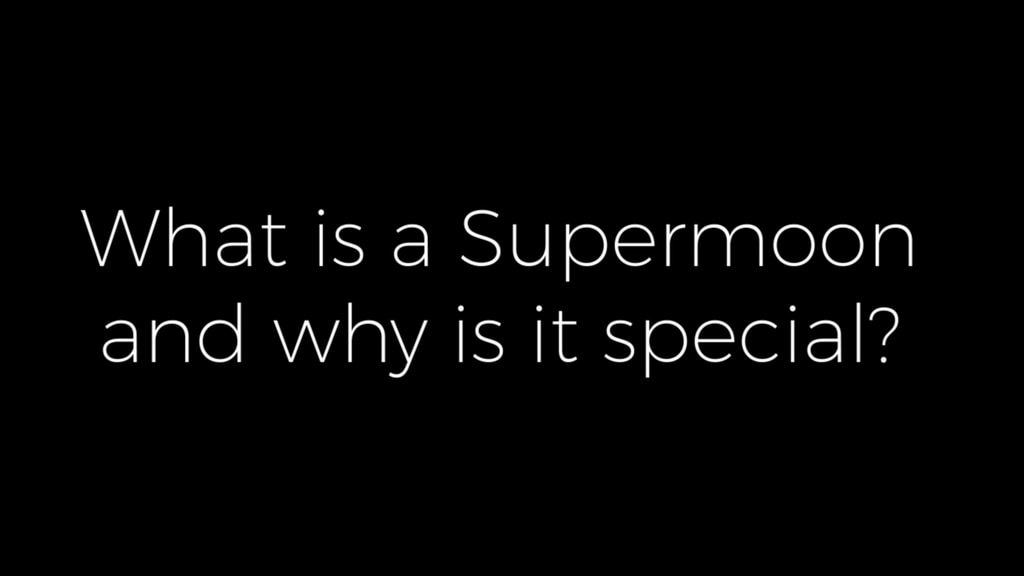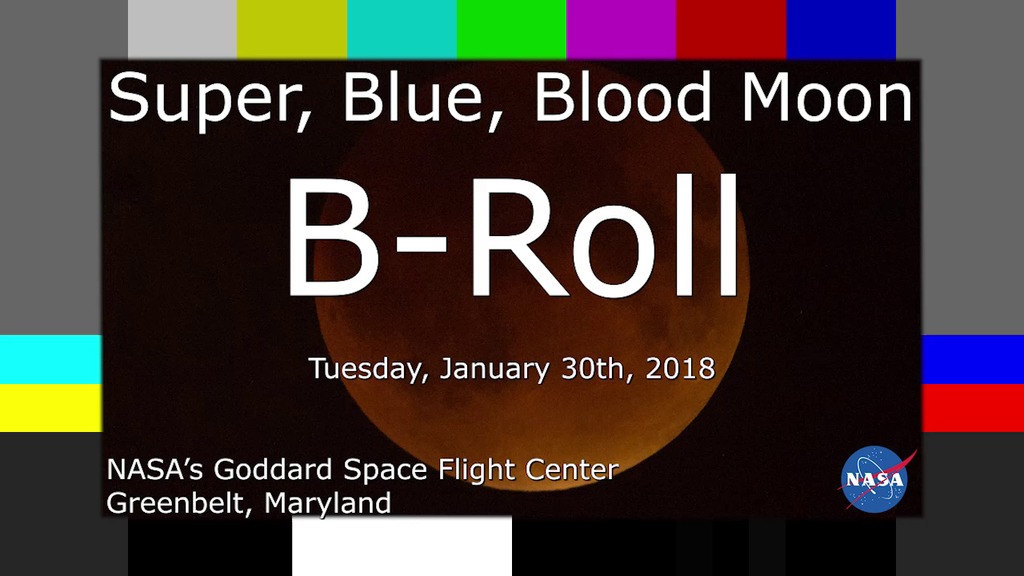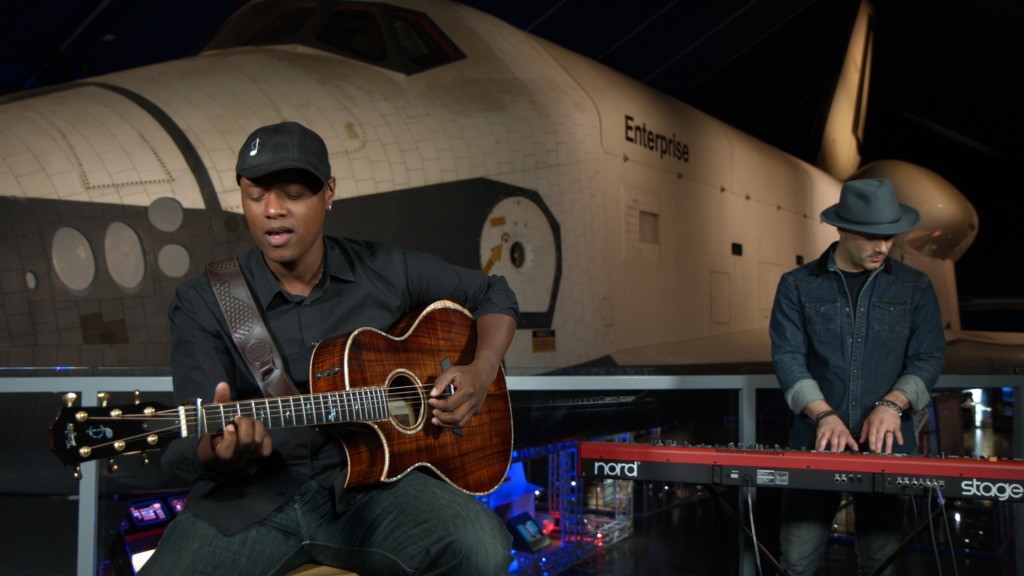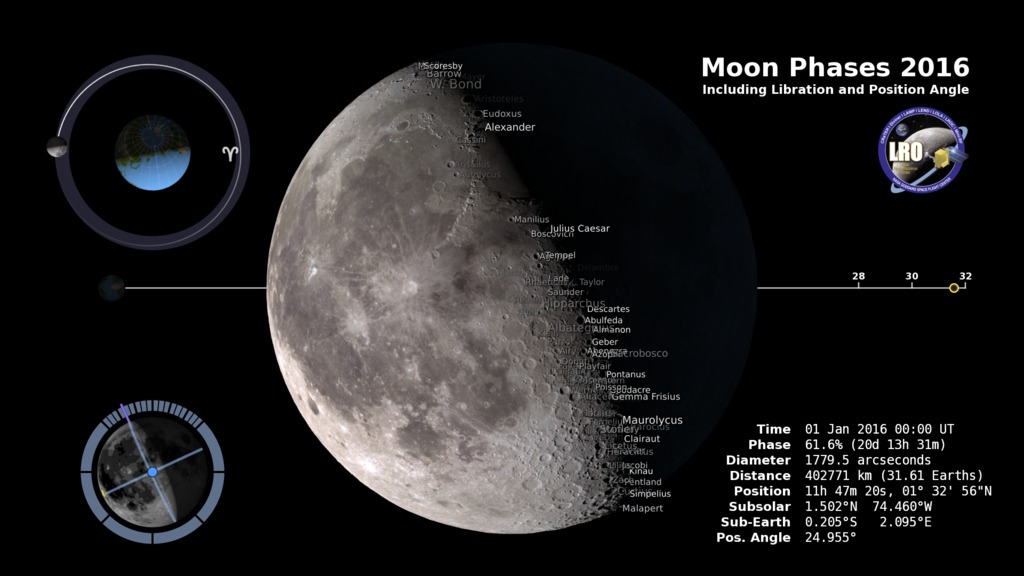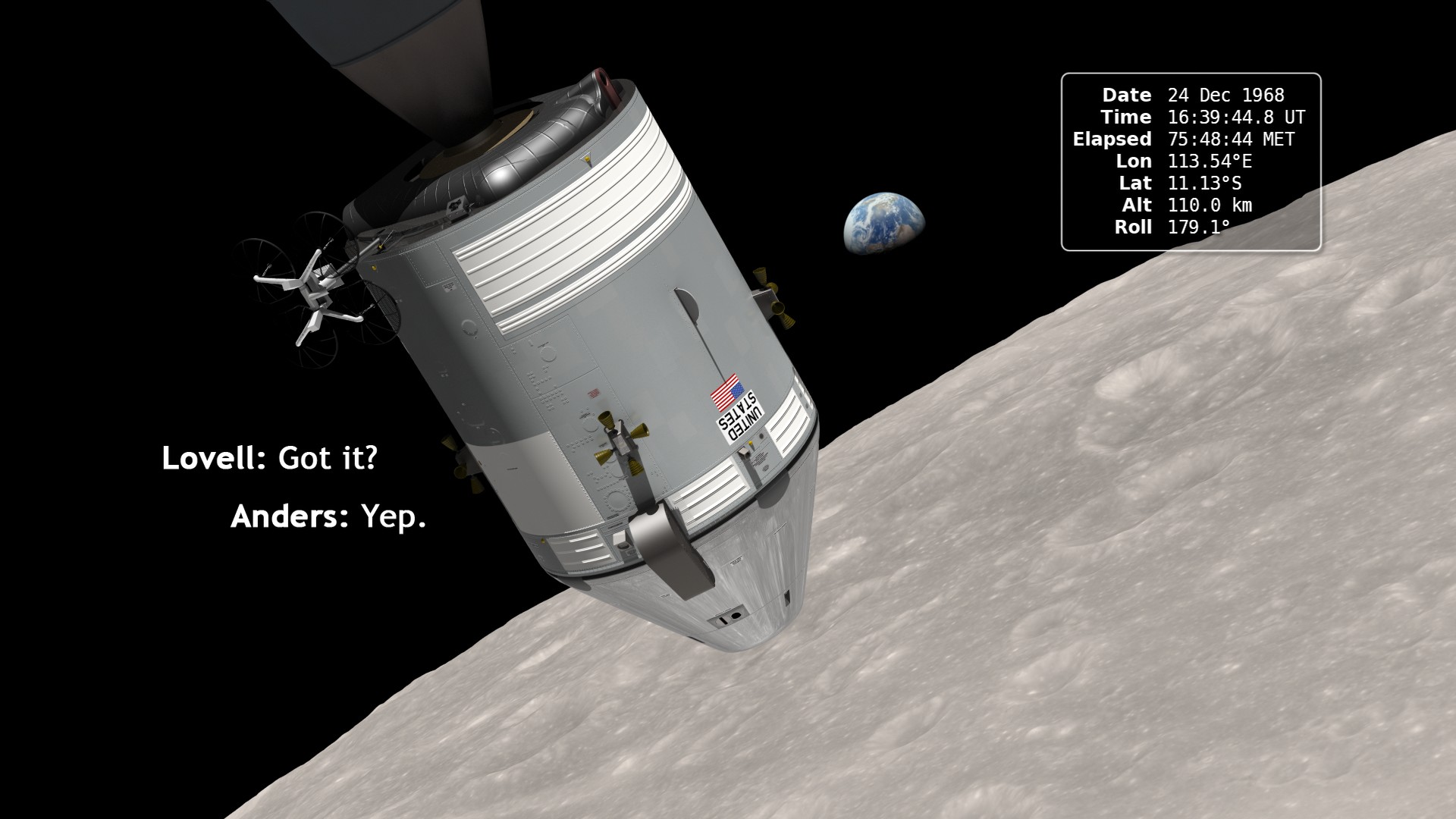Record-breaking Supermoon Live Shots (Nov. 11, 2016)
B-roll for supermoon live shots on Nov. 11, 2016.
Showstopper Nov. 14 Supermoon is the Closest Moon to Earth since 1948
Bigger and Brighter, the Moon will Dazzle in the Night Sky all Weekend
The moon is a familiar sight, but the days leading up to Monday, Nov. 14, promise a spectacular supermoon show. When a full moon makes its closest pass to Earth in its orbit it appears up to 14 percent bigger and 30 percent brighter, making it a supermoon. This month’s is especially ‘super’ for two reasons: it is the only supermoon this year to be completely full, and it is the closest moon to Earth since 1948 – when a gallon of gas cost just 16 cents. The moon won’t be this super again until 2034!
Join NASA scientists on Friday, Nov. 11, from 6:00 a.m. to 11:30 a.m. EST to tell your viewers when they can see the supermoon, what’s so special about this one and how studying our nearest neighbor helps us uncover mysteries of the outer solar system.
The moon is the Rosetta Stone by which we understand the rest of the solar system. NASA’s Lunar Reconnaissance Orbiter – or LRO – has been mapping the moon’s surface and capturing high-resolution images for more than seven years. New observations from LRO show a surprising number of small meteoroids are transforming the moon’s surface much faster than previously thought. Extensive mapping of the moon aids scientists in understanding our planet’s history as well as planetary objects beyond the Earth-moon system.
Share supermoon images using #NASAsupermoon.
Find a collection of these images on NASA Goddard's Flickr.
To Book a Window
Contact Clare Skelly – clare.a.skelly@nasa.gov / 301-286-4994 (office)
HD Satellite Digital Coordinates:AMC-9 Ku-band Xp 23 Slot AB| 83.0 ° W Longitude | DL 12151.0 MHz | Horizontal Polarity | QPSK/DVB-S | FEC 3/4 | SR 13.235 Mbps | DR 18.2954 MHz | HD 720p | Format MPEG2 | Chroma Level 4:2:0 | Audio Embedded
Suggested Questions:
- What is a supermoon and what makes this one so super?
- When is the best time to see the supermoon and will it look different from other full moons?
- Many of our viewers will be amazed to hear that NASA has had a spacecraft orbiting the moon for over seven years. What is the most surprising thing you’ve seen?
- What can our moon teach us about other mysterious places deeper in the solar system?
- Where can we learn more?
Location: NASA’s Goddard Space Flight Center / Greenbelt, Maryland
Scientists:
Dr. Noah Petro / NASA Scientist
—or—
Dr. Alex Young / NASA Scientist
—or—
Nayessda Castro / NASA Engineer & LRO Mission Operations Team Member [en Español]
Dr. Alex Young interview about upcoming Supermoon on November 14, 2016.
Nayessda Castro, NASA Engineer, interview about upcoming Supermoon on November 14, 2016.
[On camera canned interview] Planetary scientist Dr. Noah Petro answers questions about the Nov. 14, 2016, supermoon.
[Off camera canned interview] Planetary scientist Dr. Noah Petro answers questions about the Nov. 14, 2016, supermoon.
[Canned interview in Spanish] NASA engineer Nayessda Castro answers questions about the Nov. 14, 2016, supermoon in Spanish.
[Short social media video about the Nov. 14, 2016, supermoon]
The moon is a familiar sight, but the days leading up to Monday, Nov. 14, promise a spectacular supermoon show. When a full moon makes its closest pass to Earth in its orbit it appears up to 14 percent bigger and 30 percent brighter, making it a supermoon. This month’s is especially ‘super’ for two reasons: it is the only supermoon this year to be completely full, and it is the closest moon to Earth since 1948. The moon won’t be this super again until 2034!
Share your supermoon photos using #NASAsupermoon on social media.
For More Information
See the following sources:
Credits
Please give credit for this item to:
NASA's Goddard Space Flight Center
-
Producers
- Clare Skelly (NASA/GSFC)
- Michelle Handleman (USRA)
-
Editor
- Michael Randazzo (Advocates in Manpower Management, Inc.)
-
Scientist
-
Noah Petro
(NASA/GSFC)
-
Noah Petro
(NASA/GSFC)
Release date
This page was originally published on Wednesday, November 2, 2016.
This page was last updated on Wednesday, May 3, 2023 at 1:48 PM EDT.
